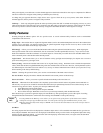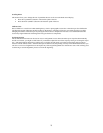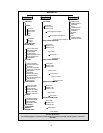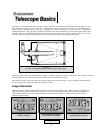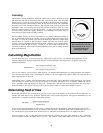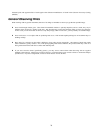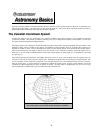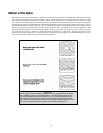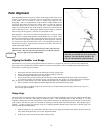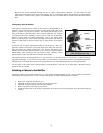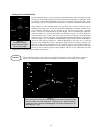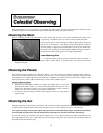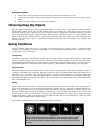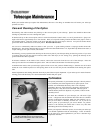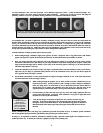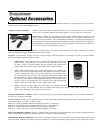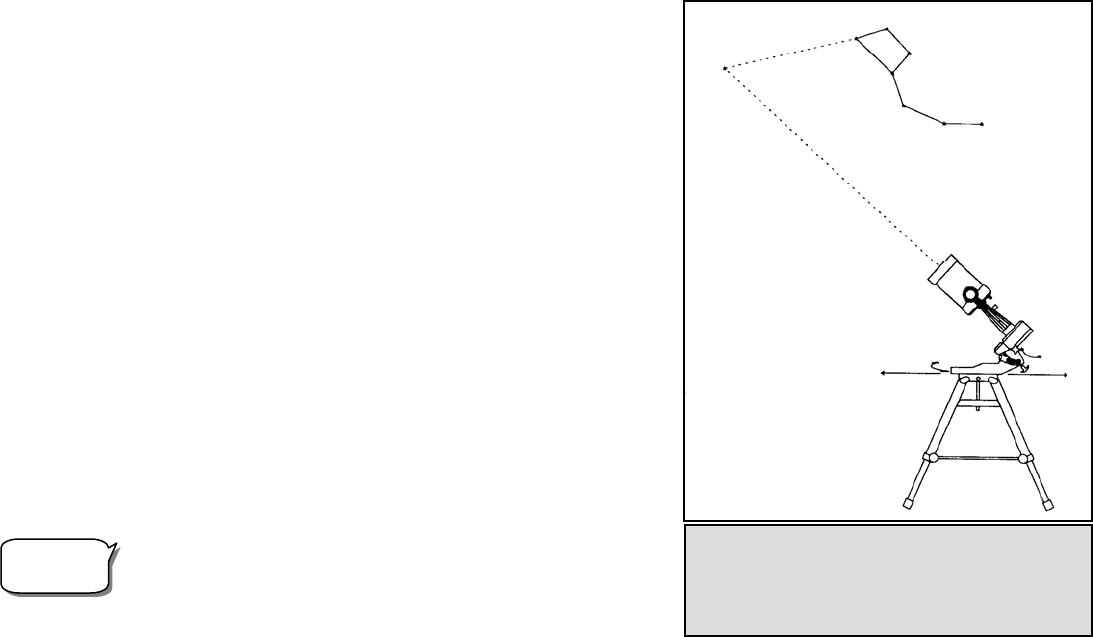
Figure 6-3
This is how the telescope is to be set up for polar
alignment. The tube should be parallel to the
fork arm which should be pointed to Polaris.
P
P
o
o
l
l
a
a
r
r
A
A
l
l
i
i
g
g
n
n
m
m
e
e
n
n
t
t
Even though the NexStar can precisely track a celestial object while in the Alt-Az
position, it is still necessary to align the polar axis of the telescope (the fork arm)
to the Earth's axis on rotation in order to attempt long exposure astro
photography. This is accomplished by using the built-in wedge attached to the
steel tripod. This allows the telescope's tracking motors to rotate the telescope
around the celestial pole, the same way as the stars. Without the equatorial
wedge, you would notice the stars in the eyepiece would slowly rotate around the
center of the field of view. Although this gradual rotation would go unnoticed
when viewing with an eyepiece, it would be very noticeable on film.
Polar alignment is the process by which the telescope's axis of rotation (called
the polar axis) is aligned (made parallel) with the Earth's axis of rotation. Once
aligned, a telescope with a clock drive will track the stars as they move across the
sky. The result is that objects observed through the telescope appear stationary
(i.e., they will not drift out of the field of view). If not using the clock drive, all
objects in the sky (day or night) will slowly drift out of the field. This motion is
caused by the Earth's rotation.
The polar axis is the axis around which the telescope rotates when moved in
right ascension. This axis points the same direction even when the telescope
moves in right ascension and declination.
Definition
A
A
l
l
i
i
g
g
n
n
i
i
n
n
g
g
t
t
h
h
e
e
N
N
e
e
x
x
S
S
t
t
a
a
r
r
o
o
n
n
a
a
W
W
e
e
d
d
g
g
e
e
The simplest way to get a basic polar alignment with your NexStar is to angle the tilt plate on top of the tripod so that the fork
arm (or polar axis) is pointed towards the star Polaris. For help in locating Polaris, refer to the Finding the North Celestial Pole
section below. To polar align your NexStar:
1. Position the telescope tripod so that tilt plate hinge is facing towards north.
2. Gently rotate the telescope tube so that it is pointing straight up in the sky.
3. Loosen the Latitude Adjustment Lock on the tripod.
4. Slowly tilt the telescope towards the north until the scale on the Latitude Adjustment Rod is equal to the latitude of
your observing location. For example, if using your telescope from Los Angeles, you would set the scale to 34 degrees.
Note: To view your current latitude, select View Time-Site menu feature after completing a successful alignment.
5. Once in position, securely tighten the latitude adjustment lock to hold the telescope in place.
You are now ready to complete an EQ North (South) Alignment to begin finding celestial objects and a Wedge Align for a
more accurate polar alignment.
Wedge Align
The NexStar has two equatorial wedge alignment modes (one for the northern hemisphere and one for the southern) that will help
you polar align your telescope when using an equatorial wedge. After performing either an EQ AutoAlign or Two-Star
Alignment, Wedge Align will slew the telescope to where Polaris should be. By adjusting the tripod’s tilt plate to center Polaris
in the eyepiece, the fork arm (polar axis) will then be pointing towards the actual North Celestial Pole. Once Wedge Align is
complete, you must re-align your telescope using any of the EQ alignment methods. Follow these steps to Wedge Align your
telescope in the Northern Hemisphere:
1. With the NexStar set up as described in the section above and roughly positioned towards Polaris, align the telescope
using either the EQ AutoAlign or Two-Star Alignment method.
2. Select Wedge Align from the Utilities menu and press Enter.
32



